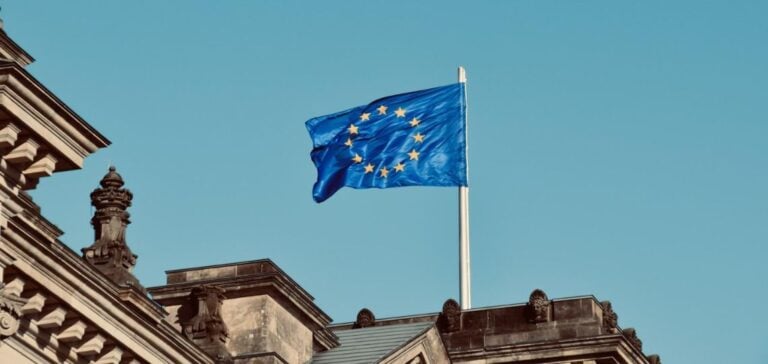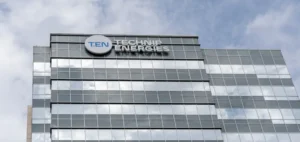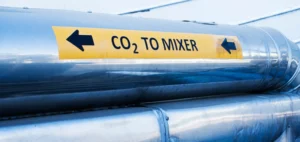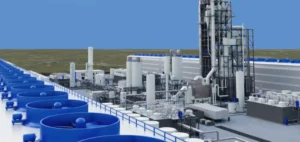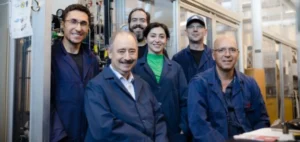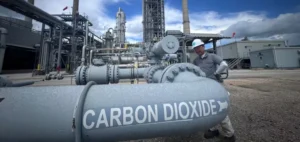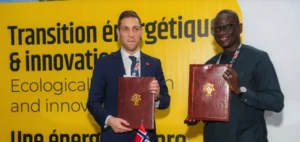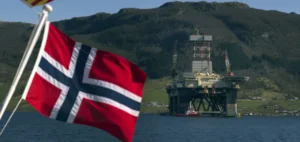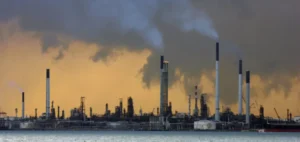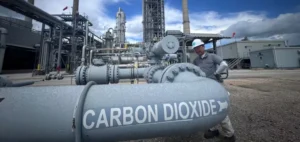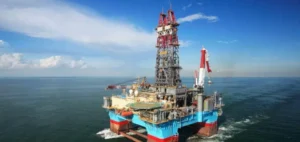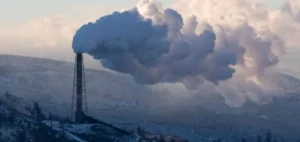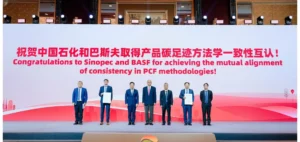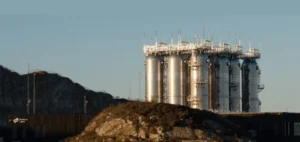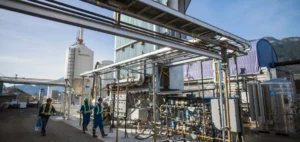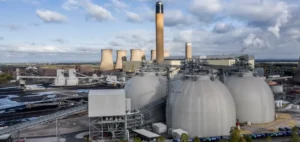In Europe, while the 2010s were marked by a handful of anecdotal projects, the 2020s seem to bring a breath of fresh air.
Over the past 2 years, the deployment of CO2 capture, storage and reuse (CCUS) technologies has seen phenomenal growth.
Europe develops more than 76 projects
In Europe, 76 projects are active across 16 EuropeanUnion countries. As it stands, the old continent will be capable of storing over 50 million tonnes of CO2 (MtCO2) per year by 2030. A boom that began in the midst of the pandemic.
Numerous cooperative ventures are underway between governments and industry to make legislation more attractive in this field. Today, the Netherlands, the UK and Norway are the European leaders in this field.
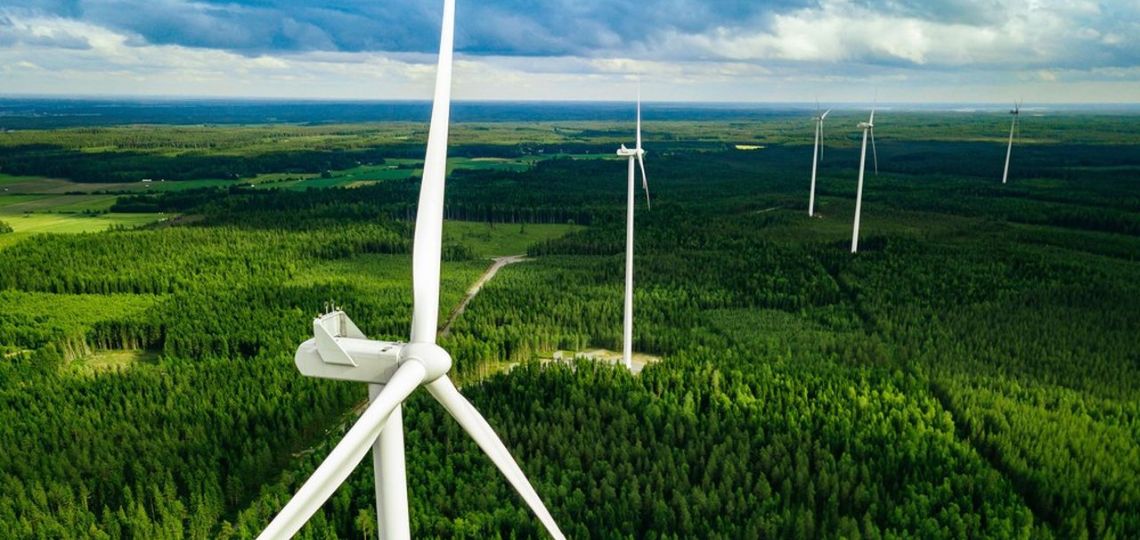
Norway in the lead
Norway, in particular, is the driving force behind the Nothern lights project throughout Europe. A government initiative to create a complete supply chain for CO2 capture and storage.
Eventually, industrial companies will be able to sequester their carbon emissions in the Norwegian seabed via the deployed network. This project, in which TotalEnergies and Shell are participating, was approved by the Norwegian parliament on December 15, 2021, and will be operational in 2024.
For many experts, Nothern Lights is the beginning of a major step in decarbonization.
Enabling environment for CO2 storage
There are many reasons for this craze in Europe. For states, this is a further step towards neutrality. For manufacturers, it’s an innovation to decarbonize sectors where electrical technologies are currently unsuitable.
Leading steelmaker Arcelor Mittal, for example, is at the forefront of these issues. Its Dunkirk site plans to develop a capture capacity of 10MtCO2/year by 2035. And with a storage cost of €30 per tonne.
CCUS makes decarbonated hydrogen possible
The driving force behind storage development is the hydrogen sector. The development of hydrogen technologies is currently the most dynamic area of energy transition in Europe. The promise of a return equivalent to emission-free hydrocarbons motivates private and public investors.
However, large-scale production will inevitably go through a CO2-emitting transitional phase. Capturing these emissions is therefore essential if we are to remain consistent with Europe’s environmental constraints.
There is therefore a real synergy between hydrogen and CO2 capture to support the decarbonization of economies. In Europe’s current transition strategy, one is essential without the other.
Consequently, the current hydrogen boom will inevitably be accompanied by a boom in CCUS techniques. These make it possible to produce carbon-free hydrogen from natural gas by capturing and storing carbon emissions.
But many regulatory and financial barriers
But if Europe is called upon to get involved, it’s because of the many financial barriers. Indeed, setting up this value chain still requires considerable initial development.
Technologies are still far from optimal. Substantial infrastructure is required, and regulatory hurdles remain. At present, only governments and the European Innovation Fund provide support for industry. Which is still not enough.
What’s more, the nature of projects and funding in Europe is highly heterogeneous. The EU’s objective is therefore to harmonize and create a favorable environment to encourage investment.
Target 50 million tonnes of CO2 captured and stored per year
The first step announced this week by the Union is the creation of a certification and control system for absorption systems. At the same time, global targets of 50MtCO2 captured per year will be imposed in Europe from 2030.
Eventually, stored emissions could be integrated into carbon credit markets to finance capture projects. This system is particularly interesting for the agricultural sector and other industries that are difficult to decarbonize without CO2 capture.
While the first drafts of European regulations may seem modest, these measures are set to give a major boost to the sector in the years ahead.
Criticism and uncertainty
While this policy gives us hope that carbon capture and recycling systems will become commonplace, some critics see it as a form of hypocrisy. Some associations fear that this incentive to store carbon will undermine the policy of reducing emissions.
What’s more, the integration of stored carbon into financial markets could lead to counterproductive speculative practices. This incentive to stockpile could slow down the transition of industries already lagging behind in their ecological transformation.
But for the EU, these provisions are primarily aimed at emancipating capture and storage technologies. This will reduce the financial barriers to research, infrastructure and operational management.


